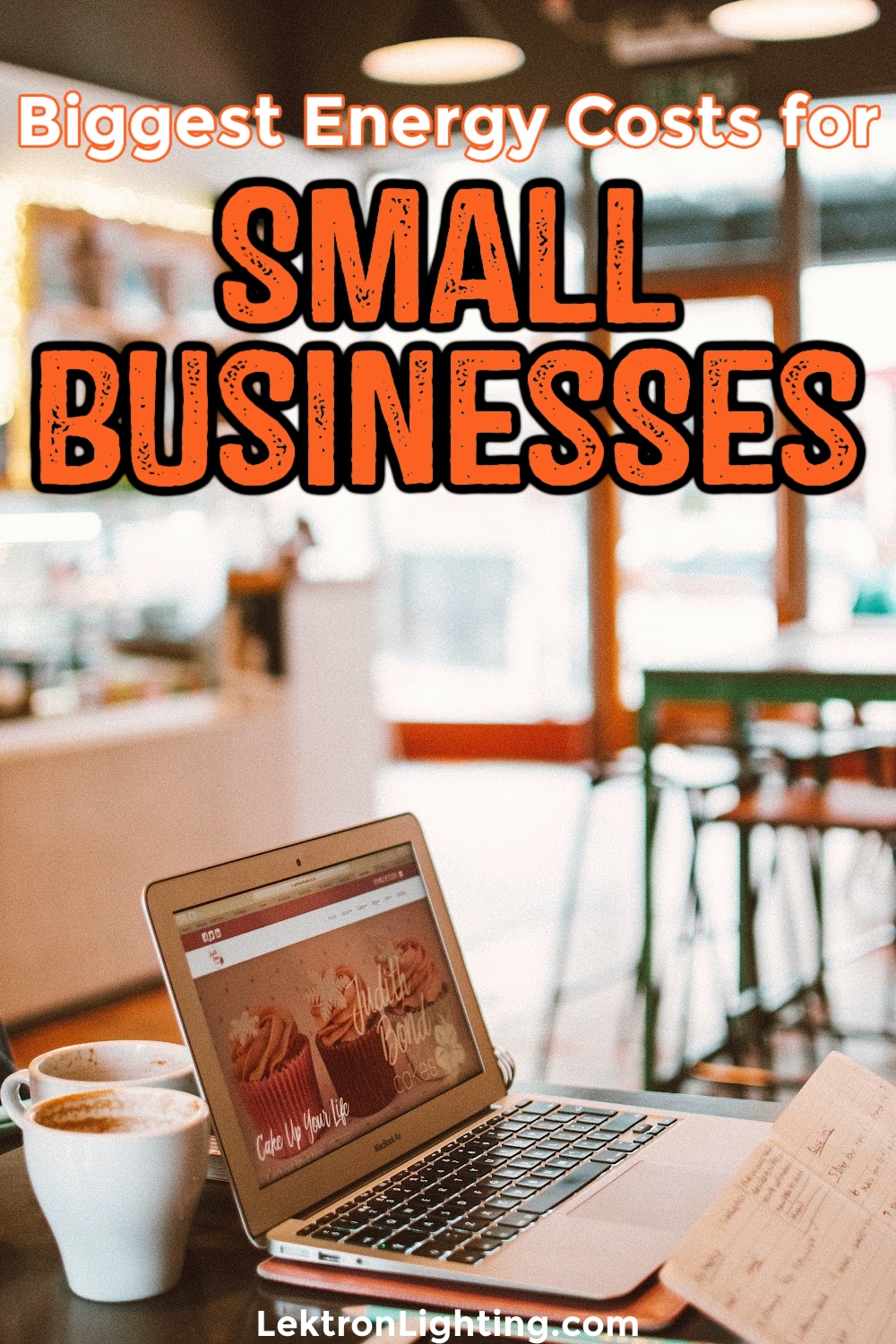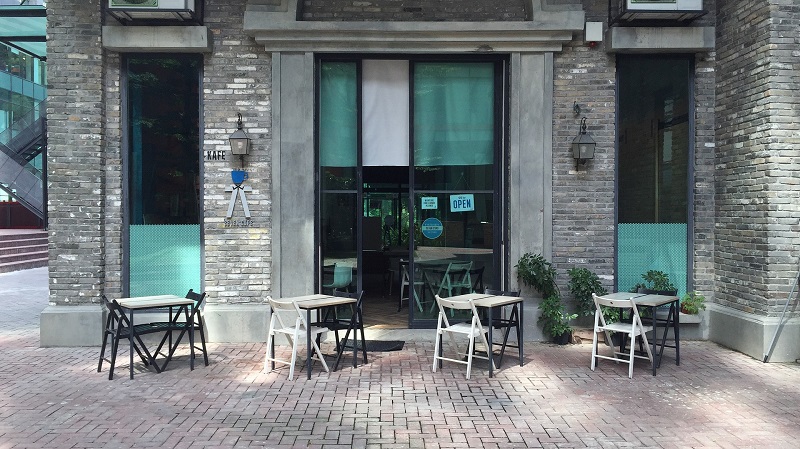Lighting is one of the biggest energy expenses small businesses will have to deal with monthly. Our energy bills cover more than just lighting, and the same can be said for small businesses. In fact, a good question to ask is, what are the biggest energy costs for small businesses?
Costs of Running a Small Businesses
What are the biggest energy costs for small businesses? Lighting is a good place to start, but there’s more to it than that. There are plenty of things that factor into the overhead of a small business. Of course, not every business operates the same.
For example, a bakery will need to power up equipment early and often, but a flower shop won’t have those expenses—still, equipment factors into just about any business. An electronic register would qualify as equipment. Small businesses will also have to pay for payroll, inventory, marketing, space, insurance, depreciation of assets, taxes, and utilities.
These are the costs of running a business, and they all fall under overhead expenses for a small business. This is all to say that there are plenty of costs that need to be paid. Small businesses can benefit significantly from cutting back wherever possible to decrease the monthly costs and increase monthly profits.
What are the Biggest Energy Costs for Small Businesses?
Lighting is one of the most apparent energy drains in any business. But lighting is not the only aspect of energy that is wasted within a small business. Heating, airconditioning, computers, security lighting, food service equipment, signage, printers, and copy machines all factor into energy costs.
Energy costs can easily hit over $5,000 a year for a small business. That number doesn’t seem like much until you factor in all of the overhead costs as well. Now, a business is paying in the tens of thousands per year to operate smoothly. That is why it is essential to make changes where possible.
Energy Savings
There are plenty of ways a small business can lower the cost of energy, thus reducing overhead costs. The first thing to look into is solar power. Solar power lowers the cost of energy use drastically. But the most significant energy costs for small businesses will still require a lot of energy.
Retrofitting lighting is a good place to move to after solar power. Switching all lighting to LED lighting will lower energy costs by more than $500 a year. We can learn from lighting how to handle other aspects of energy drains at a small business. That means replacing appliances with energy-efficient ones.
You can also install smart technology so that you can improve your control over appliances. For example, you can use a smart thermostat to monitor your heating and air more closely, using it only when necessary. You can also install power bars in as many places as possible; this way, you can completely disconnect larger appliances nightly.
Costs of Upgrading
The biggest energy costs for small businesses can only be reduced by making the right purchases. However, the goal is to make it, so your small business spends less money. Luckily, there are government programs that act as incentives for businesses to lower the amount of energy they use regularly.
These incentives are often rebates that come after the changes have been made. These rebates help reduce the cost of switching appliances, but there are also the savings you will be making every month. Those savings will pay for the upgrades over time before eventually becoming straight savings for your business.
Your best bet to find these rebates is to contact your energy provider and local governments to determine what incentives are available, if you qualify for them, and how you can receive them.




